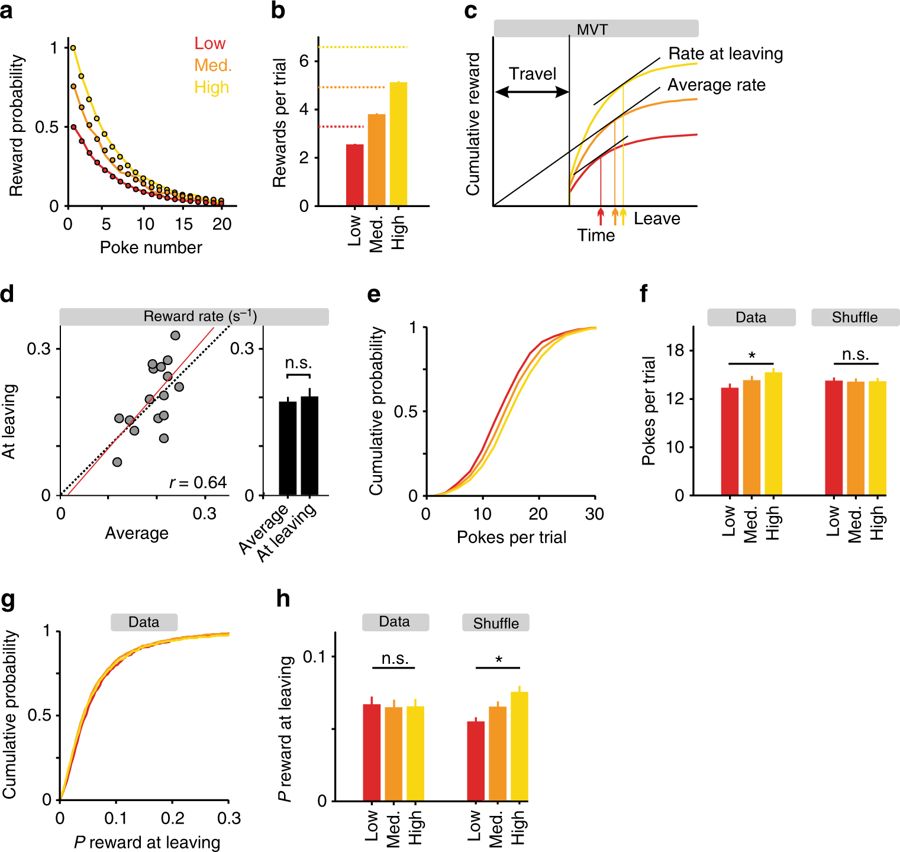The neuromodulator serotonin has been implicated in a variety of functions that involve patience or impulse control. Many of these effects are consistent with a long-standing theory that 5-HT promotes behavioral inhibition, a motivational bias favoring passive over active behaviors. To further test this idea, the team studied the impact of 5-HT in a probabilistic foraging task, in which mice must learn the statistics of the environment and infer when to leave a depleted foraging site for the next. Critically, mice were required to actively nose-poke in order to exploit a given site. The team show that optogenetic activation of 5-HT neurons in the dorsal raphe nucleus increases the willingness of mice to actively attempt to exploit a reward site before giving up. These results indicate that behavioral inhibition is not an adequate description of 5-HT function and suggest that a unified account must be based on a higher-order function.

Optogenetic stimulation
In order to optically stimulate ChR2-expressing 5-HT neurons, the team used blue light from a 473 nm laser that was controlled by an acousto-optical modulator (AOM; MTS110-A1-VIS or MTS110-A3- VIS, AA optoelectronic, Orsay, France). Light exiting the AOM was focused into an optical fiber patchcord connected to a second fiber patchcord through a rotary joint (FRJ 1 × 1, Doric lenses), which was then connected to the chronically implanted optic fiber cannula.
Electrophysiology
In order to confirm the effectiveness of our photostimulation protocol, the team recorded electrophysiological responses in ChR2-eYFP-expressing anesthetized mice (Supplementary Fig. 5). An optrode consisting of an optical fiber (200 µm diameter) coupled to a 470 nm laser (Laserglow Technologies) and a microelectrode (1–3 MΩ; FHC) was lowered into the DRN at a 32° angle. Multi-units were acquired digitally using the Spike2 software (Cambridge Electronic Design). Data were stored on a personal computer for offline analysis. Each recording session consisted of 10 15 s long photostimulation sweeps (10 ms pulse width, 25 Hz) and a 60 s interval was inserted between sweeps to allow for activity to return to baseline. In total, the team recorded seven multi-units from two ChR2-expressing SERT-Cre mice.
Results
The team found that optogenetic activation of DRN 5-HT neurons increases the number of active nose-pokes a mouse would carry out in an attempt to gain water before giving up. These results contradict the behavioral inhibition hypothesis and support the notion that 5-HT promotes waiting by enhancing persistence in the face of uncertainty and delay.
To read more about this exciting research, please - Click Here.
To learn more about the laser used in the research, please visit - Click Here.